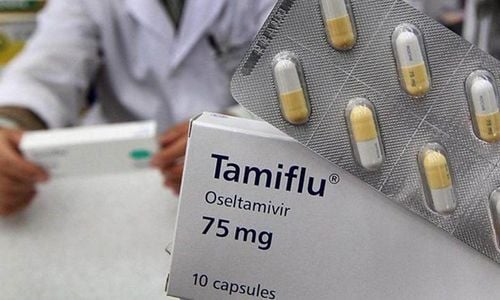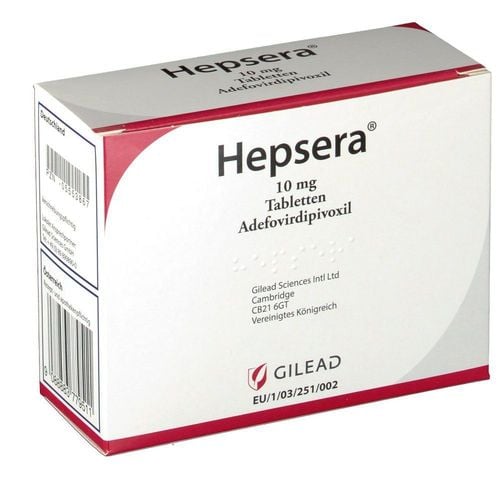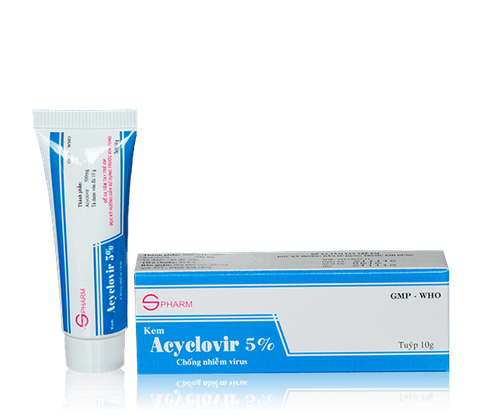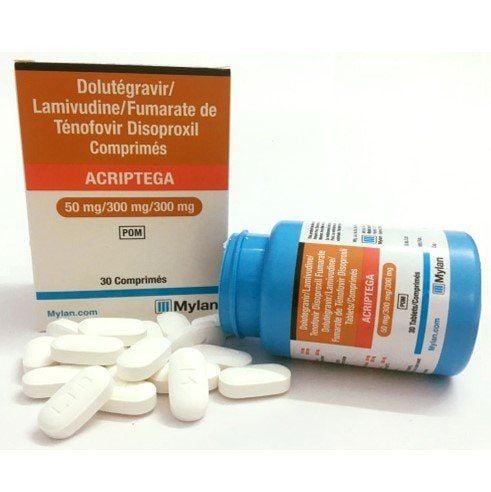This is an automatically translated article.
Post by Master, Doctor Mai Vien Phuong - Department of Examination & Internal Medicine - Vinmec Central Park International General Hospital
Improvements in the treatment of hepatitis B virus (HBV) are just around the corner. Compounds for investigation of HBV resistance were considered based on pathophysiology in children, including capsid modulators, inhibitors of antigenic secretion, RNA silencing, and immunomodulators. Recommendations for screening and treatment of hepatitis B in children at risk or comorbidities have also been established.
1. Screening and treatment of hepatitis B in at-risk children
Data on the risk of hepatitis B reactivation in children requiring initiation of immunosuppressive therapy for comorbidities are extremely scarce. For that reason, the recommendations presented in a recent positional report by the ESPGHAN Hepatobiliary Committee are mostly rooted in adult evidence. Experts recommend screening for HBV, with testing for HBsAg, HBsAb, and hepatitis B core antibody (HBcAb) for all patients at risk for HBV reactivation, including those about to start treatment. Immunosuppressive. Tests should be performed even after HBV vaccination has been completed, because, as in inflammatory bowel diseases, immunosuppressed children have low seroprotection from childhood vaccines . Patients with a negative HBV screening should be vaccinated prior to initiating immunosuppressive therapy. This claim is supported by a recent study of 580 children that demonstrated a high rate of seroconversion after booster vaccination even after initiation of immunosuppression Reactivation risk classification Hepatitis B in Children The risk of reactivation is classified as mild, moderate, or severe depending on the immunosuppressive agents used. The risk categories are based on adult evidence only, as no corresponding pediatric study results have been published. Children scheduled to receive intermediate- or high-risk drugs should initiate antiretroviral prophylaxis, while a preemptive approach is preferred for children starting on low-risk medications. . Even in the absence of evidence in children, a robust network meta-analysis reported that entecavir or tenofovir should be preferred for treatment of HBV reactivation in immunosuppressed patients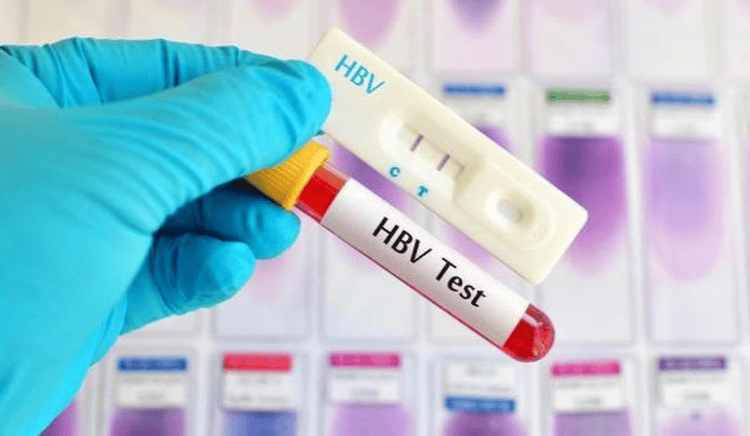
Currently, reactivation of HBV infection in pediatric solid organ transplant recipients is a boon, given that HBcAb-positive donors are virtually no longer used, and end-stage liver disease in HBsAg-positive recipients are a special thing. However, the current recommendations echo those for adults. In HBsAg-positive recipients, treatment with tenofovir or entecavir should be initiated as soon as possible prior to transplantation to achieve undetectable HBV-DNA. NA therapy should be continued indefinitely, and HBV-specific immunoglobulins may be discontinued after 5-7 days, unless there is a history of resistance or poor adherence. The use of grafts from HBcAb-positive/HBsAg-negative donors may be acceptable in cases of organ shortages and in countries with high epidemic rates. In those situations, recipients with HBsAb titres > 200 IU/mL may be protected from infection. However, the overall risk of developing an infection depends on many factors and implies that recipients of those organs received NAs (eg, entecavir, tenofovir, or tenofovir alafenamide) for at least 1 year after implant. Subsequent discontinuation of the drug can be carefully assessed on a case-by-case basis in HBsAb-positive children.
2. Some other challenges for HBV treatment
Another challenge for HBV treatment is that CHB (chronic hepatitis B infection) is HBeAg negative, which is the most common chronic hepatitis in many countries. In adults, the clinical picture is characterized by wide variability in viral replication and biochemical activity, with transient spontaneous remission. The risk of cirrhosis is higher in CHB-negative HBeAg individuals (8%-10%/year) than in HBeAg-positive individuals (2%-5%/year). Neonates with fulminant hepatitis due to mother-to-child transmission of HBV e-except variants are described. This behavior is attributed to the absence of tolerability of HBeAg. Adults are treated with long courses of NAs, but evidence of benefit is lacking in HBeAg-negative children. However, HBeAg-negative and HBeAg-positive CHB in children with the same treatment, based on IFN-, and indefinite NA use. The goals are to reduce HBsAg, clear HBV-DNA, and normalize transaminases.
Please dial HOTLINE for more information or register for an appointment HERE. Download MyVinmec app to make appointments faster and to manage your bookings easily.





